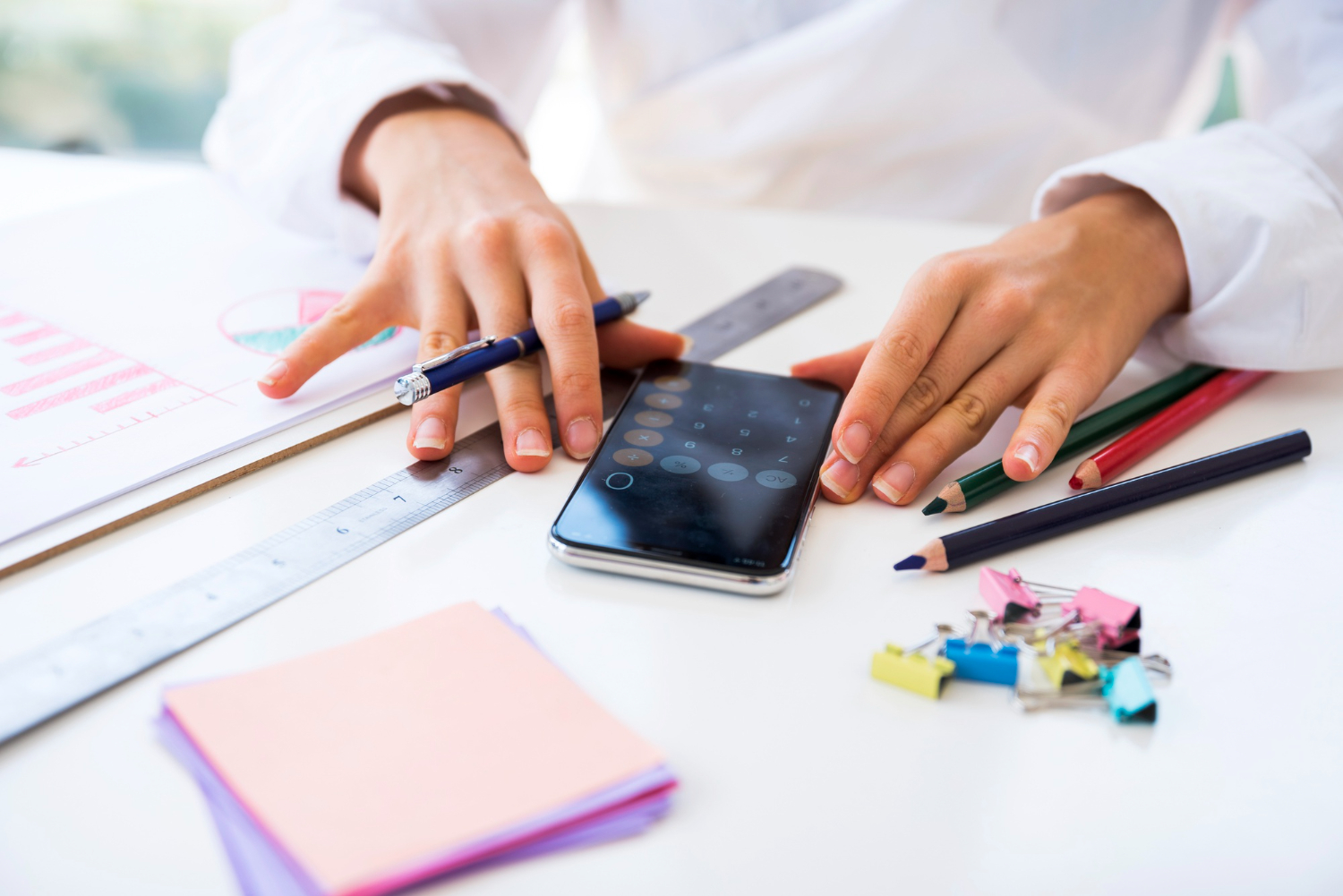Recording a demo doesn’t have to drain your savings or require expensive studio time. I’ve put together solid demos with little more than a microphone, a laptop, and a quiet corner of my living space. The most important thing is knowing how to maximize what you already have, make smart purchases when needed, and focus on the quality of your performance and arrangement rather than just the gear.
I’ve learned that the heart of a great demo is capturing the energy and clarity of your song, not achieving perfect, radio-ready production. If your goal is to share your music with potential collaborators, producers, or venues, they’ll want to hear your songwriting, voice, and playing ability more than your reverb plugin collection. Here’s my approach to How to Record a Demo on a Budget without sacrificing quality.
Defining Your Purpose Before You Press Record
The first thing I do is decide exactly what I want my demo to achieve. Am I recording to pitch to a producer, share with bandmates, or upload as a rough public release? Knowing the purpose helps me set realistic expectations for sound quality and guides which tools I’ll need.
If I’m sending it to a producer, I focus on making my vocals clear and keeping the arrangement simple so the song’s structure is obvious. If it’s for bandmates, I’ll layer instruments and try to give a better sense of the final sound. This mindset prevents me from wasting time chasing perfection where it’s not needed.
Setting Up A Recording Space
A professional studio has acoustic treatment for a reason, it makes recordings sound cleaner. But I’ve gotten surprisingly good results just by being thoughtful about where I record.
I choose the quietest room in my home, away from street noise and appliances. Then I reduce echo by hanging blankets, placing pillows around the mic, or even recording in a closet full of clothes. I’m not aiming for perfection; I’m aiming for a controlled, consistent sound that won’t distract from the music.
Selecting The Right Microphone
While high-end microphones can sound incredible, they aren’t necessary for a budget demo. I’ve had great results from affordable USB condenser mics that plug directly into my laptop. These mics capture clear, detailed vocals without needing an audio interface.
If I want more flexibility and I have a bit more to spend, I go for a basic XLR microphone with an entry-level audio interface. This setup gives me more control over gain and lets me upgrade components later without replacing everything.
Making The Most Of Free Or Affordable Software
One of the best parts of recording today is the availability of free or low-cost digital audio workstations (DAWs). I’ve used programs like Audacity for quick voice-and-guitar takes and more advanced free options like Cakewalk or GarageBand for multi-track demos.
If I need better effects or instruments, I download free plugin packs. Many developers offer free EQs, compressors, and virtual instruments that rival paid versions. The trick is learning how to use them effectively instead of loading every preset in sight.
Recording Instruments Efficiently
For guitar or bass, I often record direct into my interface to avoid microphone placement issues. Clean DI recordings can be shaped later with amp simulation plugins, many of which have free versions. For acoustic instruments, I use the same mic I use for vocals, positioning it carefully to capture a balanced tone.
When layering multiple instruments, I track them separately to keep control over the mix. Even if I’m tempted to play and sing at the same time, separating the parts usually results in a cleaner, more adjustable recording.
Capturing Vocals That Stand Out
Vocals are the centerpiece of most demos, so I spend the most time here. I warm up before recording, keep water nearby, and experiment with mic distance until I get a sound that’s intimate but not overly boomy.
I also make multiple takes and later choose the best parts from each. This takes more time, but it ensures the final vocal track is consistent and confident. A demo might forgive rough instrumental playing, but weak or unclear vocals will make the whole recording feel unfinished.
Basic Mixing Without A Big Budget
Mixing can seem intimidating, but for a demo, the goal is clarity, not perfection. I start by balancing the volume of each track so no part overwhelms another. Then I use EQ to remove muddiness from instruments and make space for vocals.
A touch of compression helps smooth out dynamics, and a small amount of reverb can make the recording feel more polished. The key is restraint, over-processing can make a budget demo sound worse rather than better.
Mastering Lightly For A Finished Sound
Even for demos, I like to run a light mastering process to bring everything together. I keep it simple: a limiter to raise the overall volume without distortion and a final EQ adjustment to balance the frequency spectrum.
There are AI-based mastering tools that offer free or trial versions, and they can be a quick way to give a demo a bit of extra polish before sending it out.
Reducing Noise And Imperfections
Budget recordings sometimes pick up hums, clicks, or background noises. I use noise reduction tools sparingly to clean these up, but I avoid overdoing it because aggressive settings can create strange digital artifacts.
For small mistakes in performance, I decide whether to fix them with editing or simply re-record the part. Sometimes, re-recording is faster and produces a better result than trying to repair a flawed take.
Staying Organized During The Process
Even with a small demo project, I keep my files labeled and backed up. I name each track clearly, “Lead Vocal Take 3” is much better than “Audio 7”, and save versions as I go. This helps me quickly return to earlier edits if I make a mistake or change my mind about a mix decision.
Collaborating Remotely On A Budget
If I need another musician for the demo but can’t afford studio time together, I send them my basic track to record their part at home. Many musicians have some sort of home recording setup, and exchanging files online is easy.
We’ll often share rough mixes during the process so we can adjust performances to fit each other’s parts. This saves time and money compared to trying to work everything out in person.
Knowing When The Demo Is Done
One challenge of working at home is knowing when to stop tweaking. I set a clear deadline for myself, because endless adjustments can lead to burnout. My rule is that once the demo communicates the song’s mood, structure, and energy, it’s ready to share.
I remind myself that a demo is not a final release, it’s a working representation of a song. Its job is to convey the idea, not to be flawless.
Why Budget Demos Can Still Shine
Some of my favorite demos were recorded with minimal equipment. What made them work was the performance, the songwriting, and the honesty in the delivery. A raw but heartfelt take often has more impact than a technically perfect but emotionally flat recording.
Working with limited resources also forces creativity. I’ve used kitchen utensils for percussion, layered simple vocal harmonies instead of hiring backup singers, and created ambient textures by recording environmental sounds. These choices gave my demos unique character.
Final Thoughts
Figuring out How to Record a Demo on a Budget comes down to smart preparation, resourceful use of tools, and focusing on the strengths of your performance. You don’t need the latest gear or a perfectly treated studio to make something that represents your music well.
The main thing is to capture the essence of your song in a way that’s clear and engaging. With thoughtful recording practices, free or affordable software, and a willingness to experiment, it’s possible to create demos that open doors, without opening your wallet too wide.

